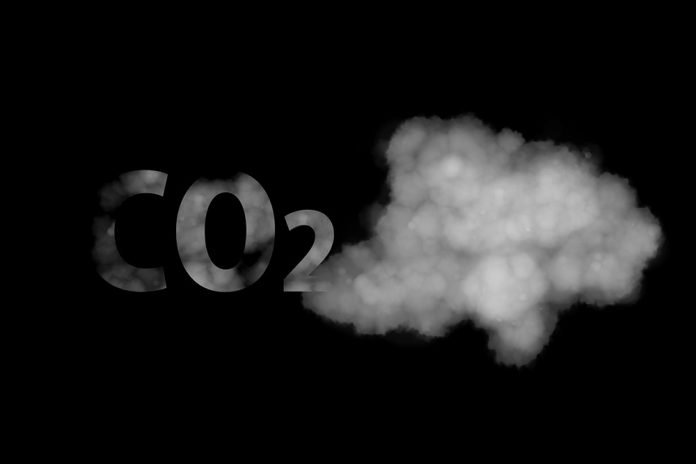In an era where carbon emissions are a global concern, a groundbreaking initiative by the US Department of Energy’s Brookhaven National Laboratory and Columbia University is paving the way towards a sustainable future. Their revolutionary research has led to the development of a method to convert carbon dioxide (CO2) into carbon nanofibres, showcasing a remarkable blend of innovation and environmental stewardship.
The Process: A Blend of Science and Sustainability
Leveraging a unique combination of electrochemical and thermochemical reactions, this method operates under relatively low temperatures and ambient pressures. This transformative process not only offers a viable pathway to significantly reduce carbon emissions but also secures carbon in a solid, beneficial form. Imagine locking away carbon in structures as durable as cement, ensuring its sequestration for at least half a century, if not longer.
Beyond Carbon Capture: A Dual Benefit
Led by Jingguang Chen, a distinguished professor at Columbia University with a joint appointment at Brookhaven Lab, the team has not only addressed the challenge of carbon sequestration but also introduced an additional environmental boon: the production of hydrogen gas (H2). This by-product emerges as a promising alternative fuel, heralding a dual triumph in the quest for sustainable energy solutions.
The Challenge of CO2 Conversion
The concept of CO2 capture and conversion is not novel, yet previous approaches have often led to short-term solutions, where converted CO2 is quickly released back into the atmosphere. Brookhaven and Columbia’s method distinguishes itself by embedding CO2 in solid, value-added forms, thereby contributing to long-term carbon mitigation efforts.
A Feat of Engineering and Chemistry
Achieving carbon extraction from CO2 at industrially viable temperatures was no small feat. The researchers employed a strategic two-step process, utilizing both electrocatalysis and thermocatalysis, mediated by innovative catalysts. This approach not only makes the conversion process more feasible but also marks a significant advancement in CO2 mitigation technology.
Embracing a Greener Future
As we stand at the crossroads of climate change, the work of Brookhaven National Laboratory and Columbia University illuminates a path forward. Their development of a method to transform CO2 into carbon nanofibres not only embodies scientific excellence but also reflects a profound commitment to environmental preservation and sustainability.



